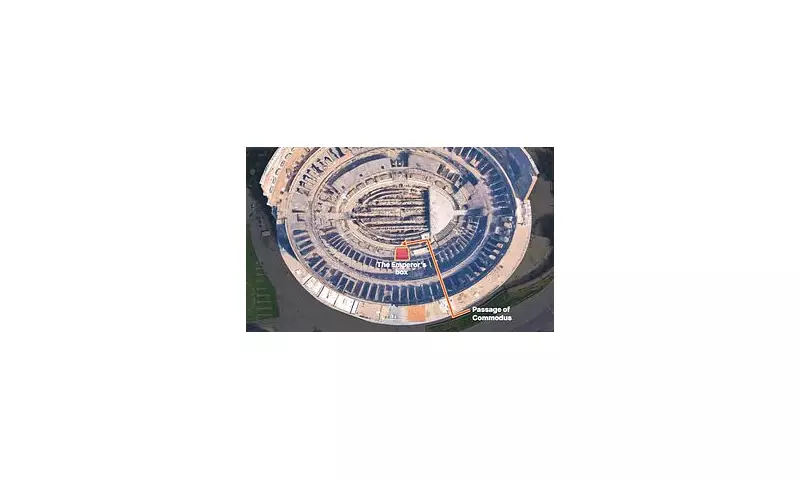
Archaeologists have made a stunning discovery beneath Rome's iconic Colosseum, unearthing a hidden VIP entrance that would have allowed the Roman elite to bypass the crowds and access their premium seats in style.
The Secret Passage of the Elite
During recent restoration work on the amphitheatre's foundations, researchers uncovered a sophisticated tunnel system leading directly to what's known as the senatorial sector - the area reserved for Rome's most powerful politicians and aristocrats.
This remarkable find provides unprecedented insight into how ancient Roman society maintained strict social hierarchies, even in their entertainment venues. The tunnel would have enabled wealthy patrons to arrive discreetly, avoiding contact with the common citizens who filled the Colosseum's lower tiers.
A Glimpse into Ancient Engineering
The passageway features impressive architectural elements that demonstrate the Romans' advanced engineering capabilities:
- Perfectly preserved arched ceilings
- Original Roman concrete construction
- Sophisticated drainage systems
- Strategic lighting openings
"This discovery fundamentally changes our understanding of how the Colosseum operated," explained lead archaeologist Dr. Maria Ricci. "We've always known about social segregation in Roman entertainment, but this physical evidence shows just how elaborate the system was."
What the Tunnel Reveals About Roman Society
The hidden entrance speaks volumes about the importance of status and privacy in ancient Rome. While ordinary citizens would have entered through crowded public access points, the elite enjoyed this private corridor that led directly to their luxurious seating area.
The discovery also raises fascinating questions about other potential hidden features within the Colosseum that may have served similar purposes for different social classes or specific functions.
Future Research and Public Access
Archaeological teams are continuing their investigation of the tunnel system, using advanced scanning technology to map the complete network without causing damage to the ancient structure. There are discussions about potentially opening sections of the discovery to the public in future, offering visitors a new perspective on the Colosseum's complex architecture.
This extraordinary find adds another layer to our understanding of the world's most famous amphitheatre, reminding us that even after nearly 2,000 years, the Colosseum still has secrets to reveal about life in ancient Rome.





